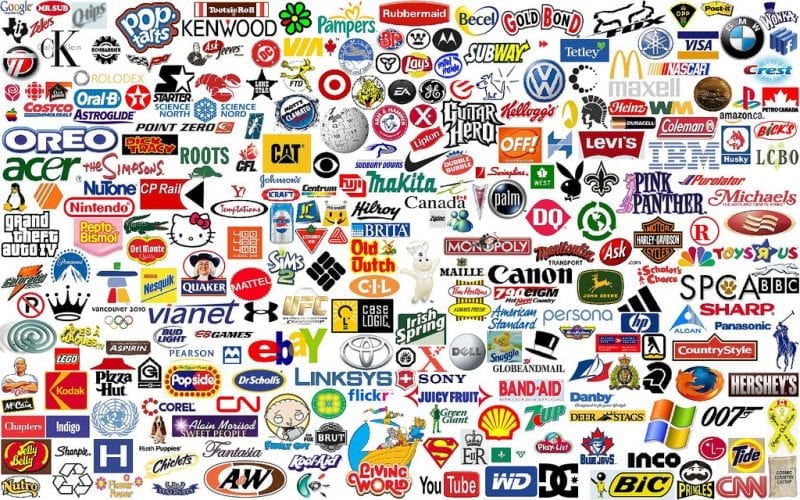
What do the global Italian food chain Eataly and the US cold medicine Coldeeze have in common? The answer – they both use phonetic symbolism to convey brand meaning.
We, as consumers, regularly use information from phonemes (the individual sounds a brand is composed of) to infer product attributes and evaluate a brand. Phonetic symbolism is one of many methods employed by marketing agencies in the creation of a brand identity. Other examples include acronyms, where letters are abbreviated to form a name as is the case with KFC (Kentucky Fried Chicken) or hybridisation where two or more words are combined to communicate an idea such as Batchelors’ cup-a-soup.
Phonetic symbolism, however, isn’t always a simple route to creating a brand. This week it has been reported that India’s patent appeals board has ruled that ‘Snax’, the biscuit brand of food products corporation Britannia Industries, cannot, according to the country’s Intellectual Property Appellate Board (IPAB), be trademarked.
This case highlights an element of risk associated with adopting phonetically descriptive trademarks, but as you’d expect all trademarks are reviewed on a case-by-case basis using a combination of common sense, logic and rules which vary from country to country.
Many new businesses make the mistake of launching a brand before they have fully defined it, with no consideration for differentiation, longevity or even trademarks. Further down the line these businesses are knocking on the door of a PR agency and the experts are left picking up the pieces working with a brand name that hasn’t been developed with a view to the future.
A brand’s name is paramount to its success and is the most powerful tool a business can own. Brand creation is not a process to be rushed: sound it out with the professionals first and get it right.
